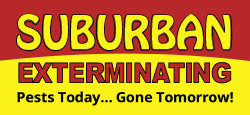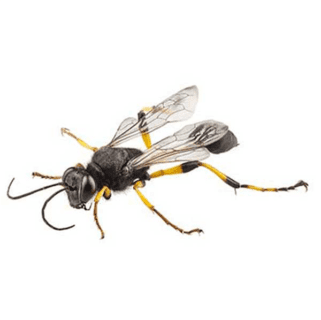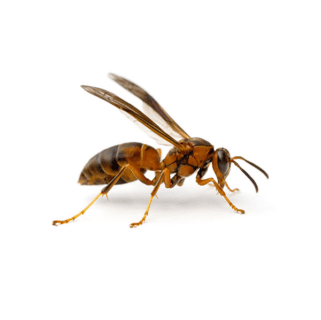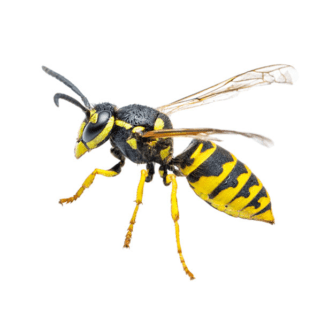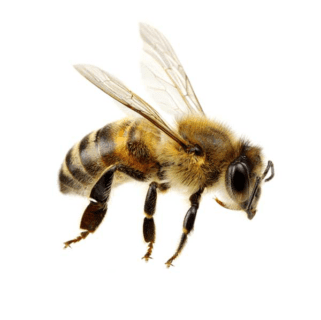European Hornets in Suffolk County & Nassau County
The European hornet, also known as the brown or giant hornet, gets its common name from being introduced to the eastern United States from Europe in the mid-1800s. These hornets are found in 30 states, from the eastern U.S. as far west as Louisiana and the Dakotas. European hornets are much larger than yellowjackets, and unlike most stinging insects, can be active at night. Adults, possibly seeking prey, come to light in the evening and can be a source of great concern for homeowners.
European Hornet Habitat
European hornets are social wasps that normally build their nests in hollow trees, but will also utilize wall voids and attics of houses. Their nests will rarely appear freely suspended like the football-shaped bald-faced hornet nests. European hornet nests are generally located 6 feet or more above ground, and will occasionally be constructed on the sides of homes. In some instances, a portion of the gray, papery nest extends outside the cavity or void. An average hornet nest will have 200 to 400 workers by late summer and they can become aggressive if they feel threatened.
European Hornet Behaviors, Threats, or Dangers
Although large and fierce-looking, European hornets will not sting unless threatened and tend to leave people alone. However, this hornet is capable of stinging multiple times, and those that may be allergic to their venom should seek medical attention when stung. European hornets can cause issues for homeowners by nesting in barns, hollow trees in yards, wall voids, or attics. When food becomes scarce in late summer, they look for sugary foods and may destroy fruit trees. These hornets are attracted to porch lights at night and will sometimes bang up against windows, causing many a distressed homeowner. If a European hornet nest is suspected on your property, it is always best to contact a professional hornet control expert.
Need help with European Hornet control?
Need Expert Advice?
Leave your information below and we'll be in touch soon!
"*" indicates required fields
*During normal business hours. After hours calls will be returned the next business day.
